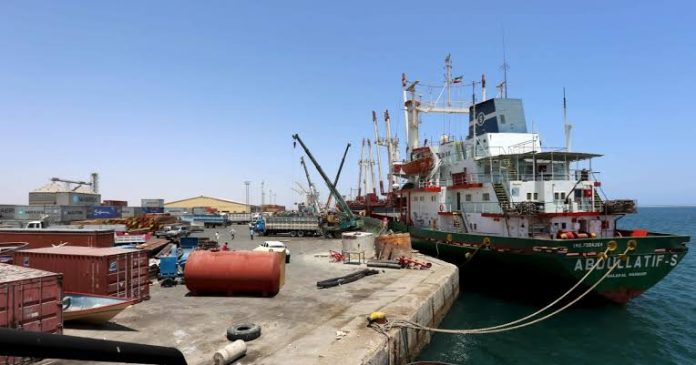Facebook Twitter (X) Instagram Somali Magazine - People's Magazine
In a significant diplomatic development, Somalia announced plans to provide Ethiopia with commercial access to the Red Sea. Somali Foreign Minister Ahmed Moalim Fiqi revealed the decision in an interview with Asharq News, emphasizing that the arrangement would be strictly limited to trade and governed by Somalia.
Commercial Access Confirmed
Foreign Minister Fiqi clarified that the agreement would allow Ethiopia to use a Somali-controlled route for accessing the Red Sea for commercial purposes. “The route that Ethiopia will have to access the Red Sea is a commercial route and a port, and it will be under the control of the Somali government,” Fiqi explained. However, he did not disclose specific details about the location of the port or route.
This announcement marks a strategic step for both nations, potentially boosting regional trade and strengthening economic ties in the Horn of Africa.
High-Level Talks in Addis Ababa
The announcement coincided with high-level discussions in Ethiopia’s capital, Addis Ababa, between Ethiopia’s State Minister for Foreign Affairs, Ambassador Misganu Arga, and Somalia’s State Minister for Foreign Affairs, Ali Mohamed Omar.
The talks focused on implementing agreements made during the Ankara Summit on December 11, which included commitments to enhance bilateral relations and operationalize mutual agreements. The meeting underscores the collaborative efforts of both nations to move forward diplomatically and economically.
Historical Context and Rising Tensions
The decision to grant Ethiopia access to the Red Sea comes amid rising tensions between the two neighbors. Earlier this year, Ethiopia signed a controversial deal with Somaliland, a breakaway region of Somalia, to lease part of its coastline for an Ethiopian port and military base in exchange for diplomatic recognition.
The move by Ethiopia drew sharp criticism from the Somali government, which has maintained its stance on Somaliland being an integral part of Somalia. Analysts view the new agreement as a countermeasure by Somalia to reassert its influence in the region and offer Ethiopia an alternative, Somali-controlled route.
Impact on Regional Stability and Trade
The arrangement could significantly impact regional trade dynamics, providing Ethiopia—a landlocked country—with vital access to maritime routes. Access to the Red Sea is expected to bolster Ethiopia’s trade capacity, while Somalia could benefit economically from increased port activity and transit fees.
However, the agreement also raises questions about regional stability, particularly in light of Ethiopia’s earlier engagement with Somaliland. Observers are closely monitoring how this new development might affect ongoing negotiations and the broader geopolitical landscape of the Horn of Africa.
Ankara Summit Agreements in Focus
The Ankara Summit, held earlier this month, played a pivotal role in setting the stage for this agreement. Both Ethiopia and Somalia committed to advancing bilateral cooperation in various sectors, including trade, security, and infrastructure development.
Somalia’s decision to grant Ethiopia access to the Red Sea aligns with the summit’s goal of fostering regional collaboration and mutual economic growth.
Somalia’s Strategic Position
Somalia’s control over the Red Sea route solidifies its strategic importance in the region. The move could potentially enhance Somalia’s diplomatic leverage and position as a key player in Horn of Africa geopolitics.
While the Somali government has assured that the route will remain under its control, the specifics of the agreement will likely determine its long-term success and impact on Somalia’s sovereignty and economic interests.
Looking Ahead
As details of the agreement emerge, the focus will be on how Ethiopia utilizes this new access and the economic and political benefits Somalia will derive. Both nations have emphasized their commitment to strengthening ties, but the road ahead will require careful navigation to ensure mutual benefits and regional stability.

